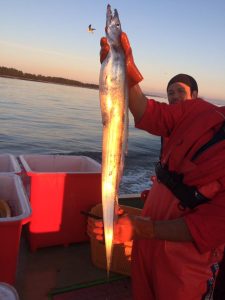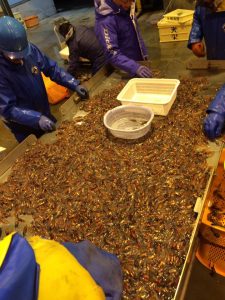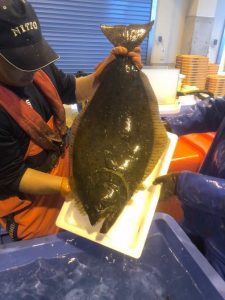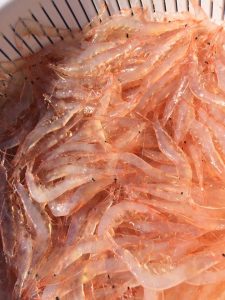橋とくすりの街 水橋 [Mizuhashi – A Town of Bridges and Medicines]
水橋今昔
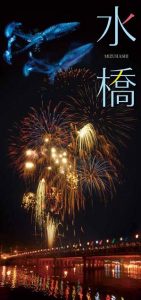 水橋の歴史は古く、延長5年(927年)、「諸国駅伝馬」の宿駅の中に「みずはし」の名を現す越中最古の宿駅です。かつて常願寺川と白岩川は下流で合流し、水橋川を形成していました。その水橋川にはサケ、マスがのぼり、沖合いの漁場が賑わったといわれています。河口は天然の良港として船舶の出入りが多く、宿場が栄え、水橋は交通の要として発達しました。
水橋の歴史は古く、延長5年(927年)、「諸国駅伝馬」の宿駅の中に「みずはし」の名を現す越中最古の宿駅です。かつて常願寺川と白岩川は下流で合流し、水橋川を形成していました。その水橋川にはサケ、マスがのぼり、沖合いの漁場が賑わったといわれています。河口は天然の良港として船舶の出入りが多く、宿場が栄え、水橋は交通の要として発達しました。
明治から昭和初期頃までには五百石船や千石船が水橋川の河口を基地として、北海道、樺太などに盛んに船出しており、町も大変な賑わいをみせていました。
昭和29年(1954年)に町村合併推進法により水橋町、三郷村、上条村が合併し、人口1万7千人余りの水橋町となりました。その後、昭和41年(1966年)には富山市に編入合併し、現在の富山市水橋地域となっています。
History of Mizuhashi
Mizuhashi has a long history. A very old Japanese book* about laws and customs created in 927 recorded the name of Mizuhashi as one of the post towns for the Japanese major transportation system.
(* Syokoku Eki Denma, volume 28 of Engishiki )
Back in old days, Jyoganji River and Siraiwa River merged down river, forming Mizuhashi River. Salmons and trouts went up stream which prospered the off-shore fishery. The river mouth was a good natural harbor – Many vessels came in and out and Mizuhashi thrived as a post town and a transportation station.
During Meiji era (1868-1912) and early Syowa era (1926-1989), large commercial vessels used the river mouth of Mizuhashi River as their base station and traveled to Hokkaido and Karafuto, which flourished the town.
In 1954, Muzuhashi, Sangou Mura, and Jyoujyou Mura were merged by City-Town-Village Consolidate Law and became Mizuhashi Cho with the population becoming 17,000. Later in 1966, Mizuhashi cho was merged into Toyama City and became the current Mizuhashi Region of Toyama City.
橋まつりの歴史
2018(平成30)年は、1869(明治2)年に現在の東西橋の前身となった立山橋が架けられてから150年の節目を迎える年となります。立山橋の架橋には、資金の調達や材木の輸送など多大な労力がかけられ、余材により水神社が建立され、祭礼が行われるようになりました。当時の人々の思いが込められた「火流し」は、現在も橋まつりによって多くのイベントとともに受け継がれています。
History of Hashi-Matruri (Bridge Festival)
Tateyama Bridge, the predecessor of current Touzai Bridge, was built in 1869 and it had its 150th anniversary in 2018 since the completion of the bridge. It took a lot of effort in raising funds and transporting the materials to build the bridge. The Suijinjya (shrine) was constructed using leftover bridge materials and the completion established the start of the annual festival. “Hinagashi”, which is the sending off of lanterns on the waters of the river, has been passed along to this date in the Hashi-Matsuri (Bridge Festival) to respect the sentiments of people of the olden days.
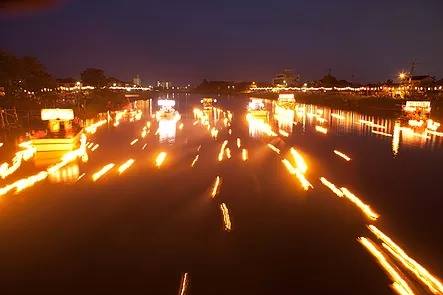
水橋の海産物
沿岸から急激に深くなっていて海底には多くの谷が入り組んだ、魚介類の格好の住処になっているため、「天然の生け簀」と言われている富山湾。富山湾のほぼ中心にある水橋はその豊かな自然の恩恵を受け、様々な海の幸が水揚げされています。
【主な海産物】
- ホタルイカ
- スルメイカ
- ヤリイカ
- アジ
- イワシ類
- カマス
- カツオ
- カワハギ
Seafood of Mizuhashi
Toyoma bay is known as a “Natural fish pond” because of its unique geographical feature. It has a sudden drop in depth of water from the seashore and many ravines spread at the bottom of the sea, which creates favorable living environment for fish and shellfish. Mizuhashi, which is located at the center of the Toyama bay, catches various seafood thanks to this natural environment.
【Major Seafood 】
- Firefly squid
- Squid (Japanese common squid)
- Spear squid
- Mackerel
- Sardines
- Barracuda
- Bonito
- Filefish
